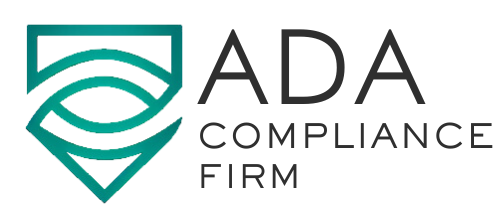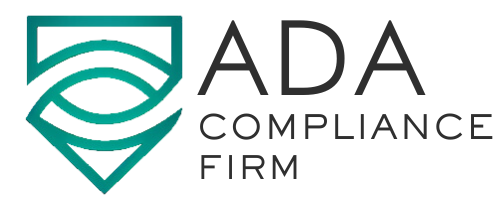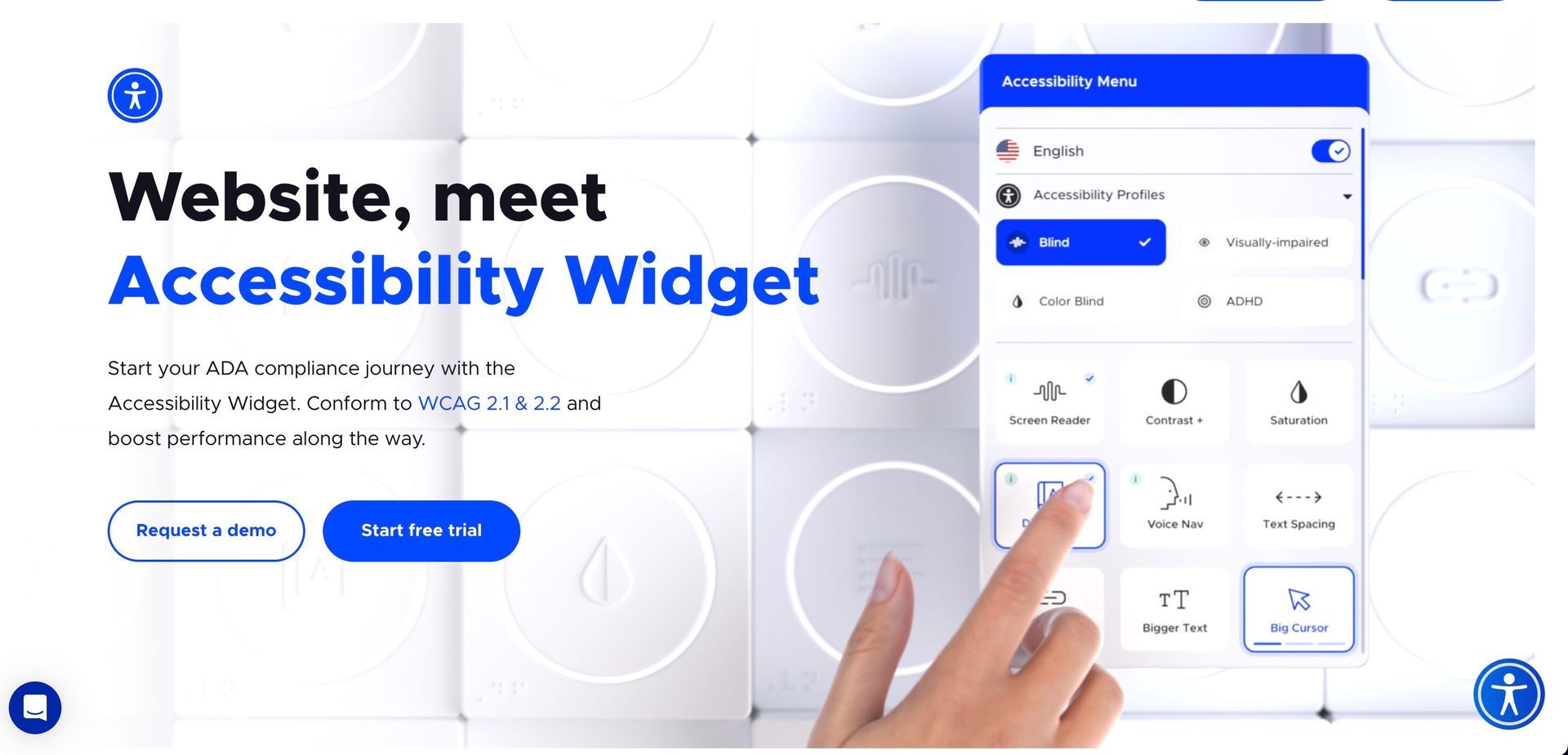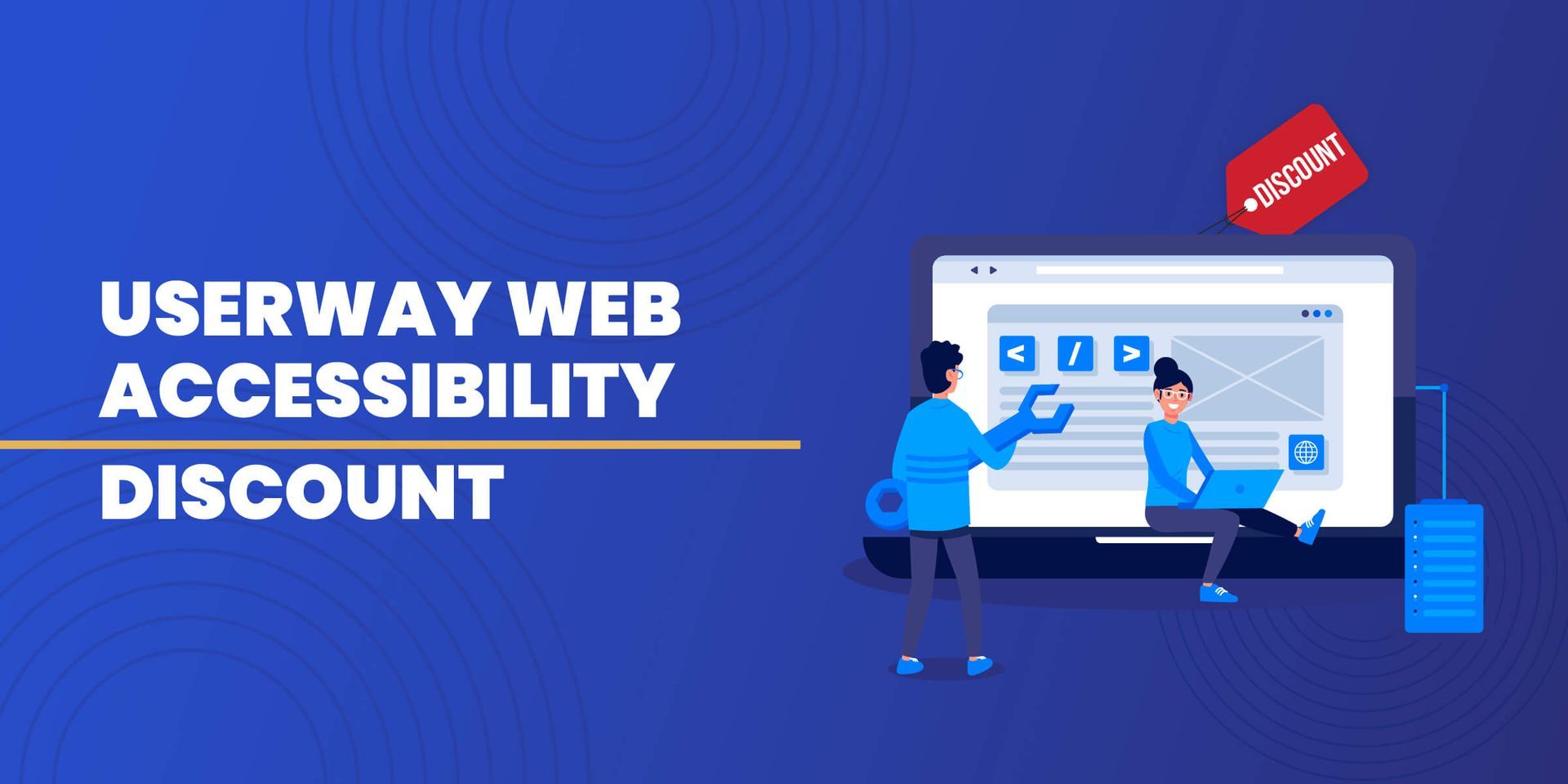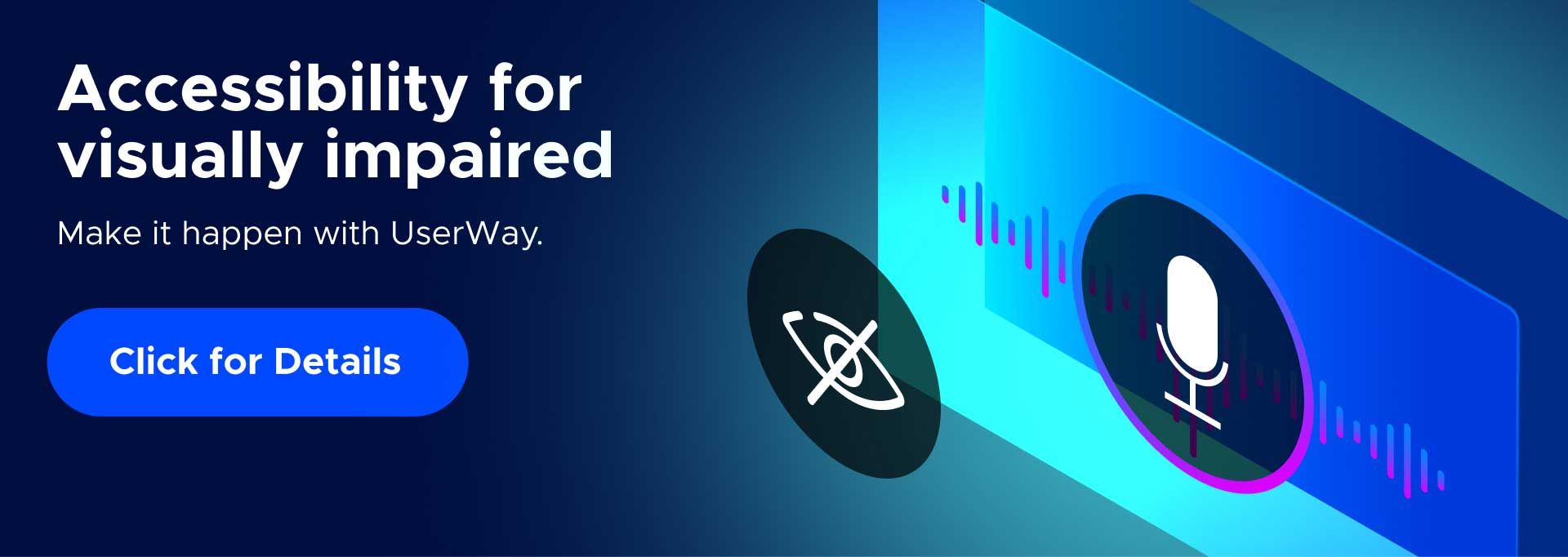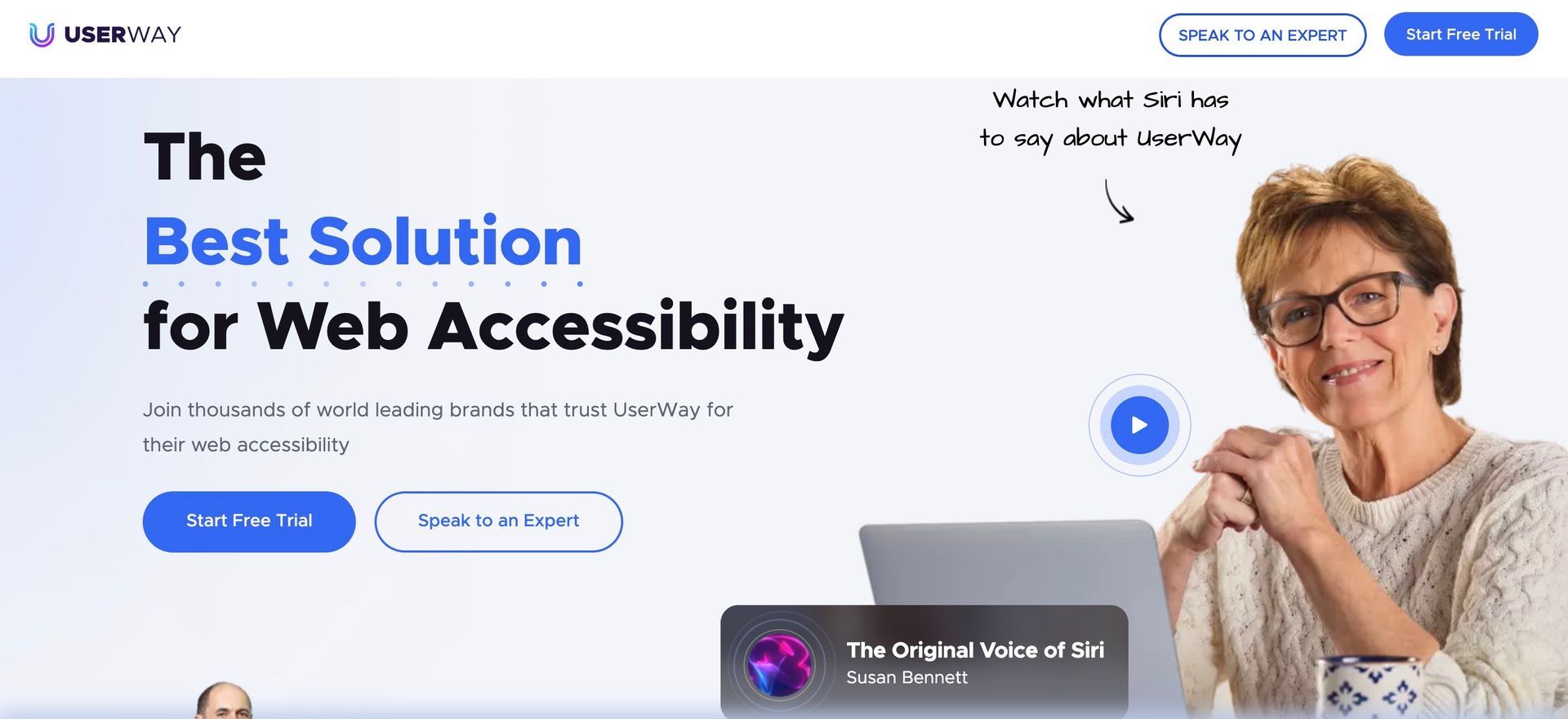The Importance of Website Accessibility - ADA Compliance Firm

Introduction
The Americans with Disabilities Act (ADA) was passed in 1990 to protect the rights of individuals with disabilities. In recent years, the ADA has been extended to include website accessibility for disabled individuals. This means that all public-facing websites must be accessible to those with disabilities.
There are a number of reasons why website accessibility is important. First and foremost, it is the right thing to do. Making your website accessible ensures that everyone has the same opportunity to access your content. Additionally, website accessibility can improve your SEO rankings and help you reach a wider audience. Finally, website accessibility compliance can help you avoid expensive lawsuits.
Frequently Asked Questions
Why you should get compliant
The Americans with Disabilities Act (ADA) was passed in 1990 to protect the rights of individuals with disabilities. In recent years, the ADA has been extended to include website accessibility for disabled individuals. This means that all public-facing websites must be accessible to those with disabilities. There are a number of reasons why website accessibility is important.
Click here to read our blog post to find out if your website is compliant.
Reach a Wider Audience
There are nearly 1 billion people worldwide who have some form of disability. By making your website accessible, you are ensuring that everyone has the same opportunity to access your content. Additionally, website accessibility can improve your SEO rankings and help you reach a wider audience.
100 million people in the U.S alone identify as having a disability according to data from the U.S Census Bureau . That’s 1 in every 4 people! Furthermore, according to WebAIM , 20% of web users have some sort of disability.
Statistically then, it’s very likely that some portion of your target market or current customer base has a disability which limits their ability to use your site if it’s not compliant. Obviously, this presents a huge problem since you could be alienating up to 20% of potential business by not having an accessible site.
But beyond just statistical probability, many visually impaired users WON’T purchase from companies with inaccessible sites . So not only are you missing out on potential customers, but also ones that would actively seek out businesses like yours! These facts leave little room for argument—if you want to stay competitive and maintain a good reputation , your site needs to be accessible."
Compliance Avoid Expensive Lawsuits
Websites that are not compliant with WCAG 2.0 AA face lawsuits and heavy fines . Recently Domino’s was sued for being inaccessible and ordered by the court to make their site and app conform with WCAG 2.0 AA guidelines . According to Seyfarth Shaw LLP , “the Department of Justice continues to settle numerous ADA Title III suits alleging lack of accessibility against e-commerce websites and apps—with many defendants paying settlements in excess of seven figures .”
If you think your company is too small or obscure to get sued, think again—all it takes is one disgruntled customer or competitor for things to start moving quickly down the legal path." Get our
free checklist here to learn more.
Conclusion
Website accessibility is important for a number of reasons including SEO, avoiding expensive lawsuits, and reaching a wider audience. If your website is not accessible, you could be missing out on potential customers and revenue. Make sure your website is compliant with WCAG 2.0 AA guidelines to ensure that everyone can use your site regardless of ability.
Free ADA Compliance Checklist
When it comes to website accessibility, there are a lot of things to consider. You can grab our free website compliance checklist by clicking here to make sure you follow each step.
Join our newsletter
Recent Blog Posts
